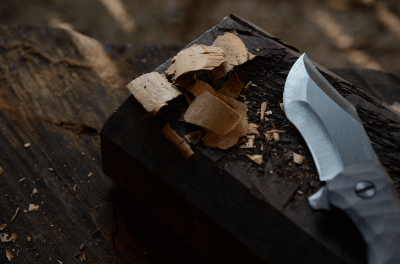What Is a DLC Coating?
 DLC coating, standing for Diamond-like Carbon, is a surface treatment technology known for its high hardness, wear resistance, low friction, and resistance to adhesion.
DLC coating, standing for Diamond-like Carbon, is a surface treatment technology known for its high hardness, wear resistance, low friction, and resistance to adhesion.
Uses of DLC Coating
DLC coatings are primarily applied to metals to enhance wear resistance, prevent seizure, and improve durability. Key applications include:
- Coating of automobile engines for durability
- Anti-wear coating for cutting tools
- Enhancing the durability of industrial robots
- Protective coatings for shafts and bearings in processing machines
Principle of DLC Coating
DLC is synthesized from diamond and carbon components. The process involves injecting acetylene gas and generating plasma under high frequency and voltage to break it down into carbon and hydrogen, with hydrogen being discharged. The ionized carbon then adheres to the negatively charged product, forming diamond-like non-crystalline structures on the surface. This coating effectively reduces the coefficient of friction for many materials, contributing to lower CO2 emissions.
Other Information on DLC Coating
1. Deposition Method of DLC Coating
DLC coating characteristics vary based on the deposition method:
CVD Method:
This method is faster than PVD, suitable for complex shapes, and can deposit thick films with hydrogen.
PVD Method:
Allows for hydrogen-free, high-hardness deposition with strong adhesion to base materials. Thicker films are more challenging to achieve.
Plasma Ion Implantation Method:
Enables room temperature deposition, applicable to materials like rubber, resin, and ceramics.
2. Demerits of DLC Coating
Drawbacks of DLC coating include:
- Risk of chipping, with the potential for fragments to mix in
- Poor adhesion to fabric
- Limited to coatings up to 2 microns thick
- Reduced hardness with increased hydrogen content
3. DLC Coating on Aluminum
DLC coating on aluminum provides wear resistance and low friction, reducing the weight of machine parts. However, the low affinity between carbon and aluminum can lead to adhesion issues. It’s commonly used for engine parts, with an intermediate layer required to match the boundary surface between the DLC film and the base material.
4 DLC Coating and Molybdenum-Based High Lubricity Lubricants
Wear issues have been reported with DLC coatings when used with molybdenum dialkyl dithiocarbamate oils. While DLC exhibits low friction in dry environments, it doesn’t perform as well as a boundary lubricant. The use of molybdenum disulfide increases durability against friction but is limited in wear resistance.
5. Peeling of DLC Coating
DLC coatings on materials like aluminum and brass may peel off under high load. Ensuring the substrate has high hardness can prevent this, allowing ions to penetrate the surface and create a strong bond with the coating.